Russia’s new attack drone full of American, European, Chinese components – Ukrainian intelligence

Ukraine’s Main Intelligence Directorate (HUR) published a detailed analysis of Russia’s new turbojet attack drone, the Geran-3 “U” series, showing it relies heavily on foreign components. The drone, a localized version of the Iranian Shahed-238, incorporates parts from the US, China, Switzerland, Germany, Britain, and Japan.
Despite Western sanctions, Russia continues to acquire foreign technology for its weapons programs. Moscow remains able to develop and produce advanced weapons systems for its war against Ukraine.
In total, 45 foreign components were identified in the new Russian Geran-3 drone:
- roughly half from American manufacturers;
- eight from China;
- seven from Switzerland;
- three from Germany;
- two from Britain, and
- one from Japan.
The Russian Geran-3 drone
HUR reports that the drone can operate at ranges up to 1000 km, and can reach speeds of 300-370 km/h, powered by a Chinese Telefly JT80 turbojet engine.
It can reach its top speed in areas covered by Ukrainian air defenses, electronic warfare systems, and drone interception zones, and during the terminal stage of its flight descending towards a target.
To maintain satellite navigation in contested areas, the Geran-3 also features a jam-resistant navigation system with a 12-element adaptive antenna array known as Kometa-M12.
The drone’s internal layout closely mirrors that of the gasoline-powered Geran-2, including a standard inertial navigation system, air pressure measurement unit, and power distribution unit. The drone also uses cameras and video systems adapted from earlier Geran-2 models.
Russia’s Geran drone is a locally made version of the Iranian Shahed drone, supplied by Iran and used against Ukraine. Moscow is producing its own variants and gradually improving their design and capabilities.
Russia uses these drones to carry out long-range attacks on Ukrainian targets, including civilian areas and critical infrastructure.
HUR published the findings as part of its “Means of Destruction” series, which now catalogs over 5,000 foreign components in 177 weapons systems used by Russia and its allies. The Geran-3 is the eighth Russian weapon system to be detailed in the series.

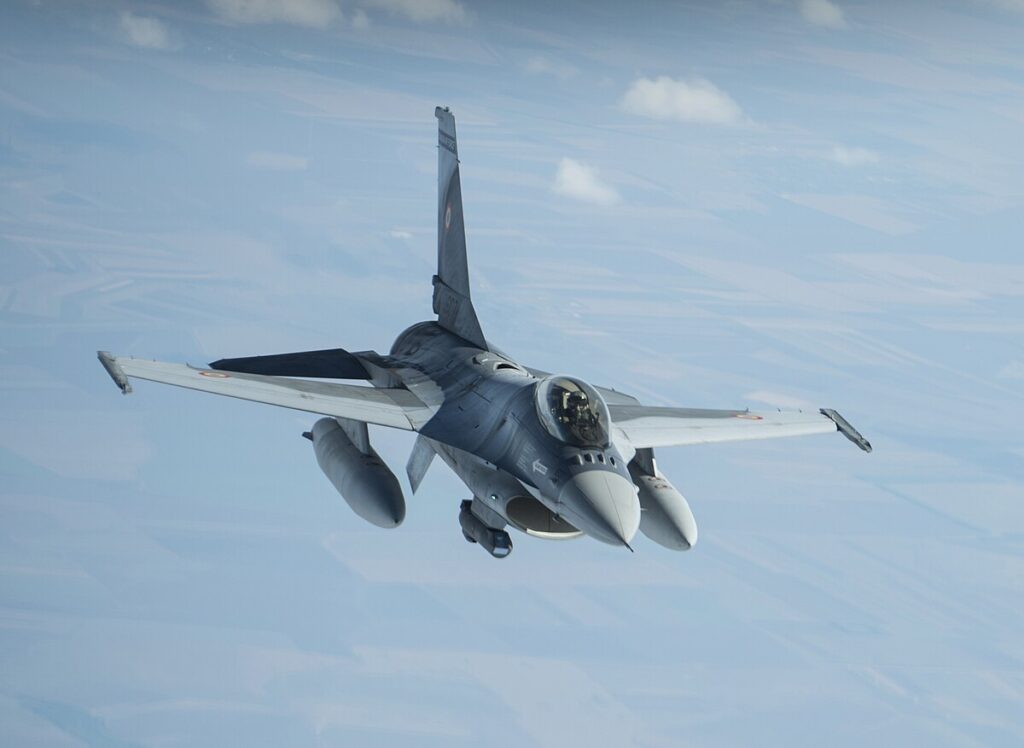

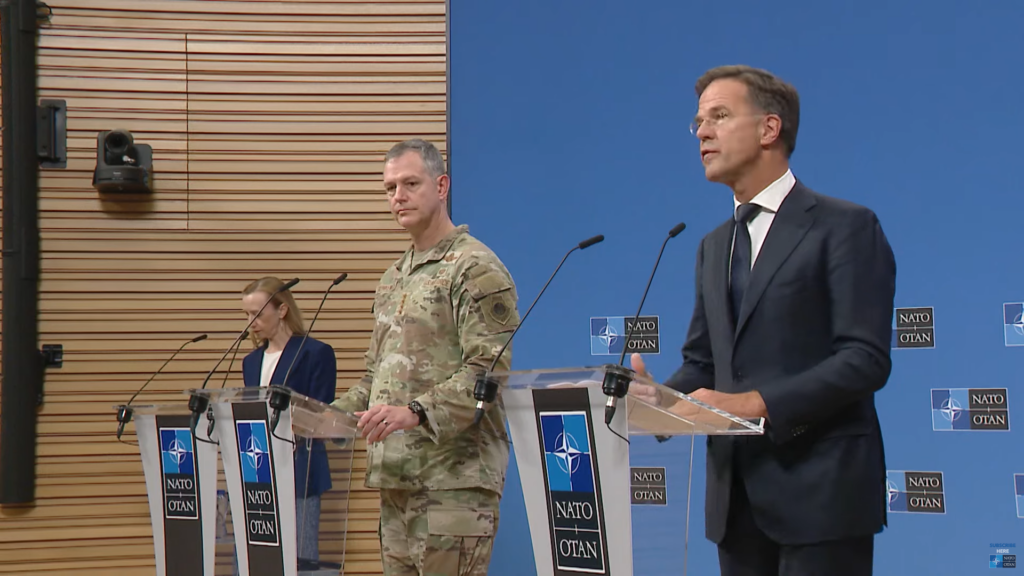
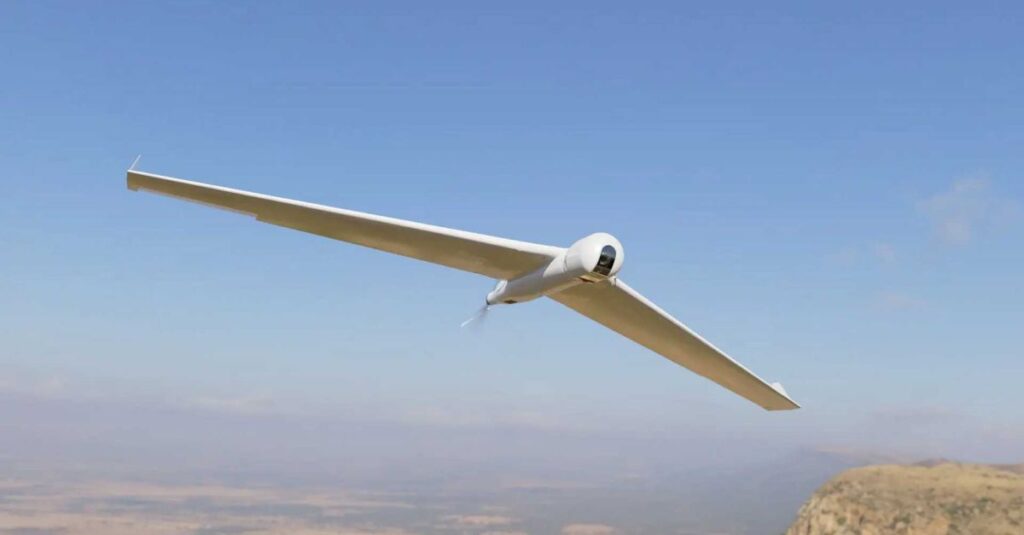
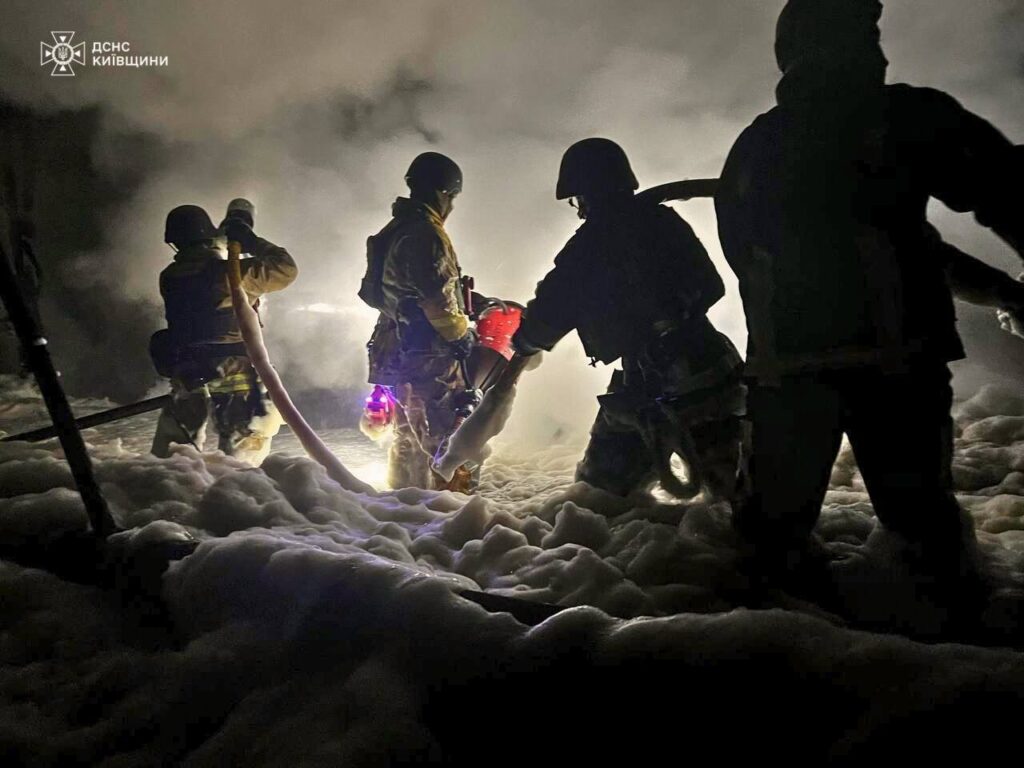

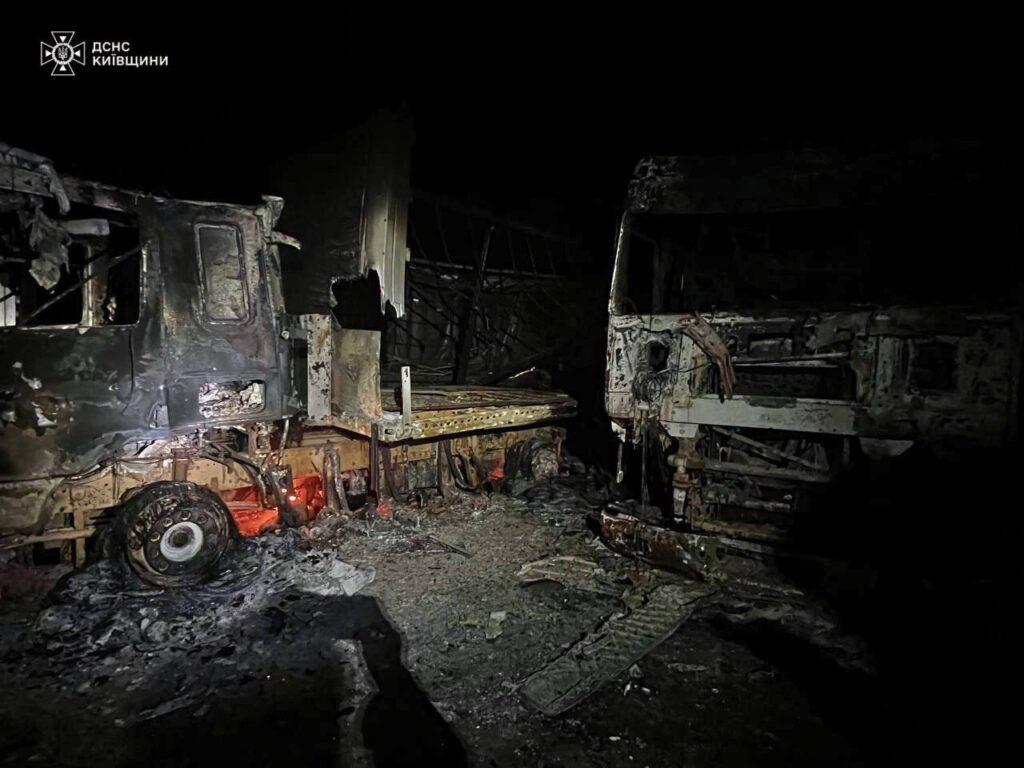
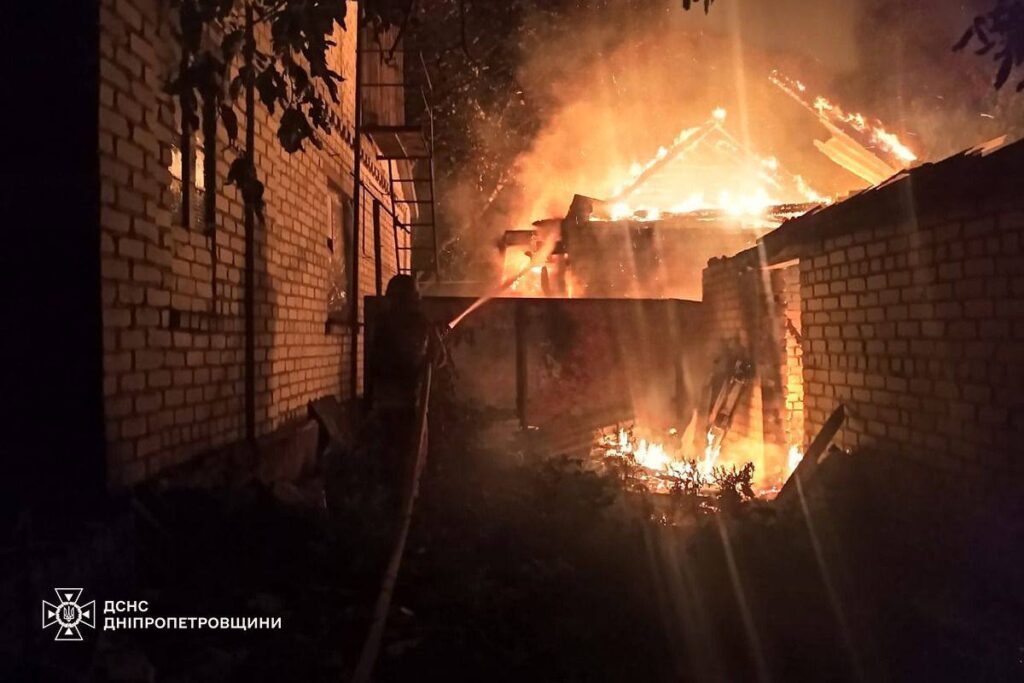
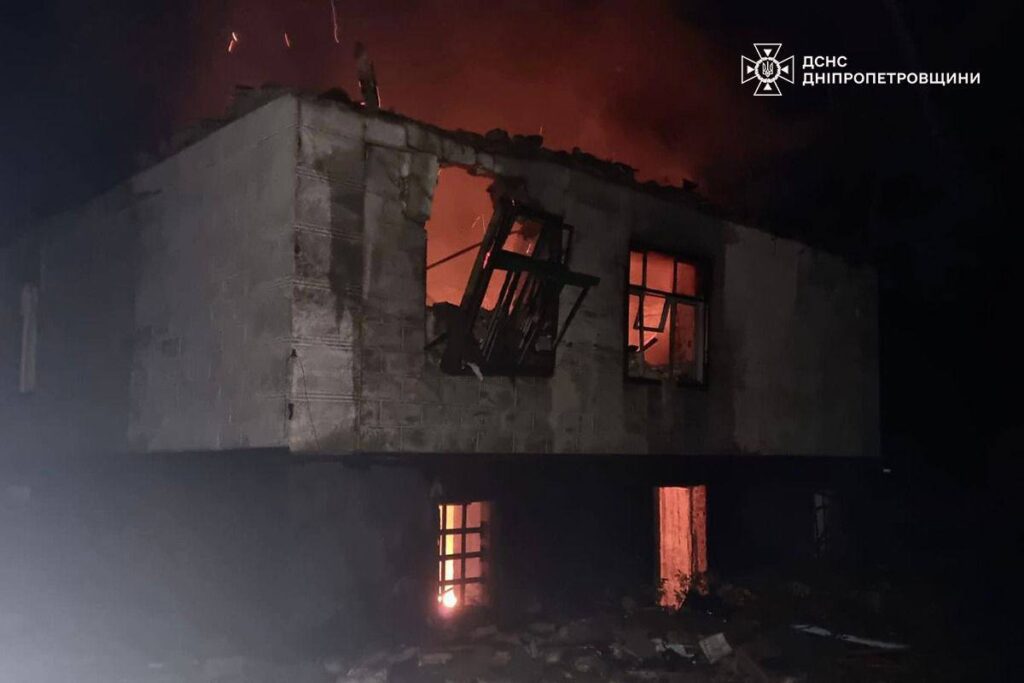

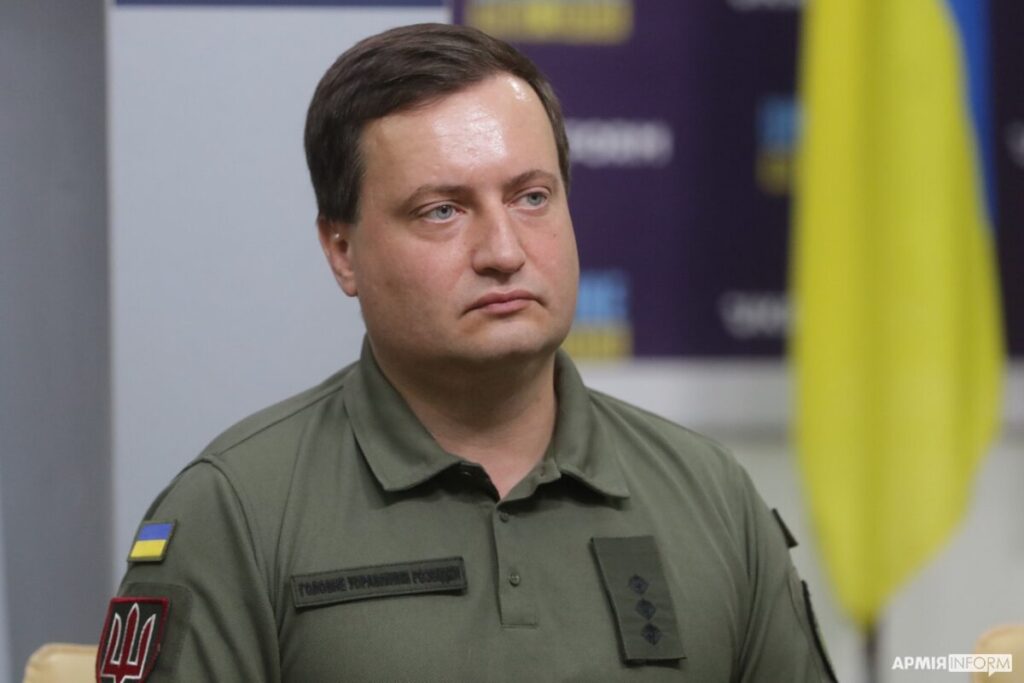

 One more Shahed toward Kolomyia and one drone through Sambir to Poland.”
One more Shahed toward Kolomyia and one drone through Sambir to Poland.” 03:39 Air alert in the Republic of Poland.”
03:39 Air alert in the Republic of Poland.”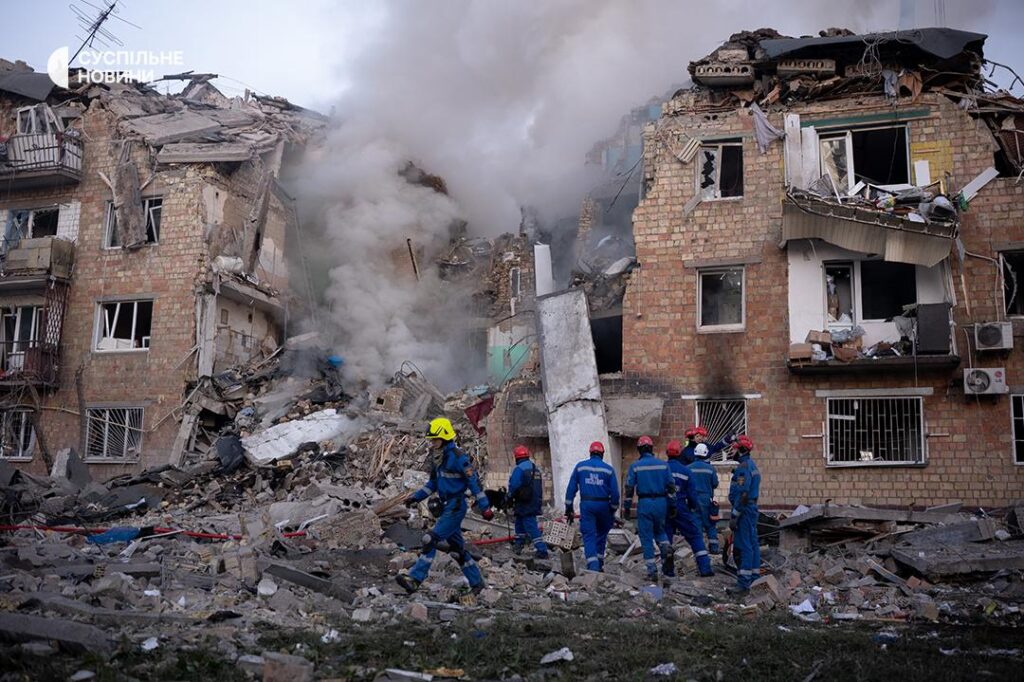

 (@NOELreports)
(@NOELreports)